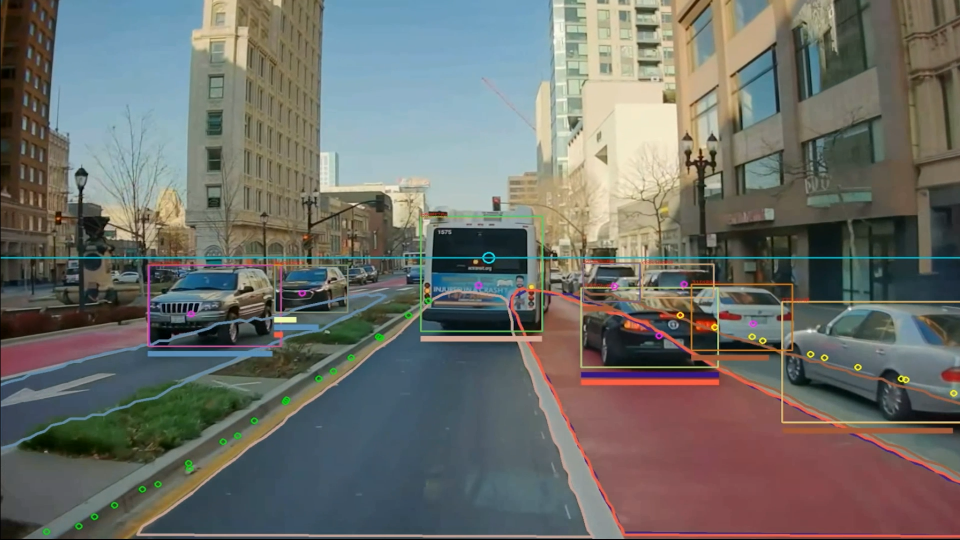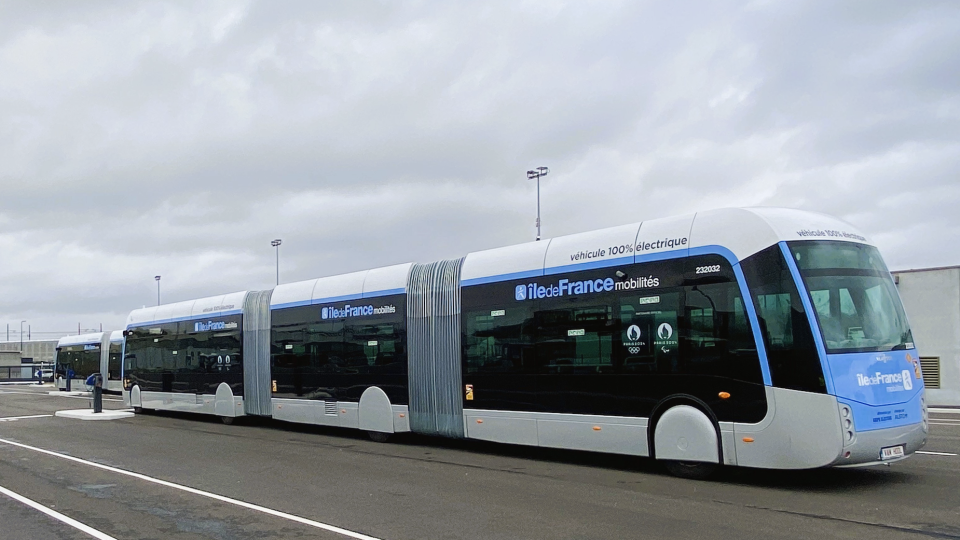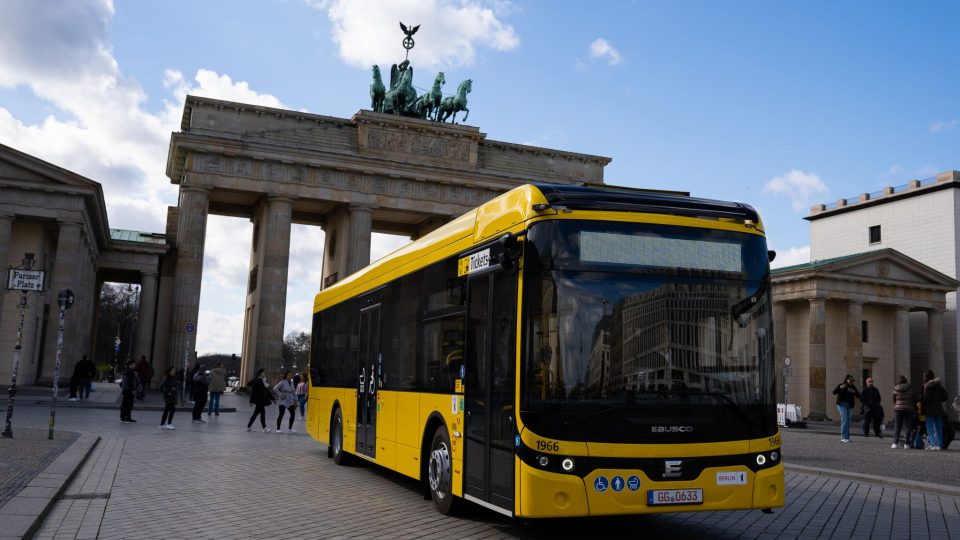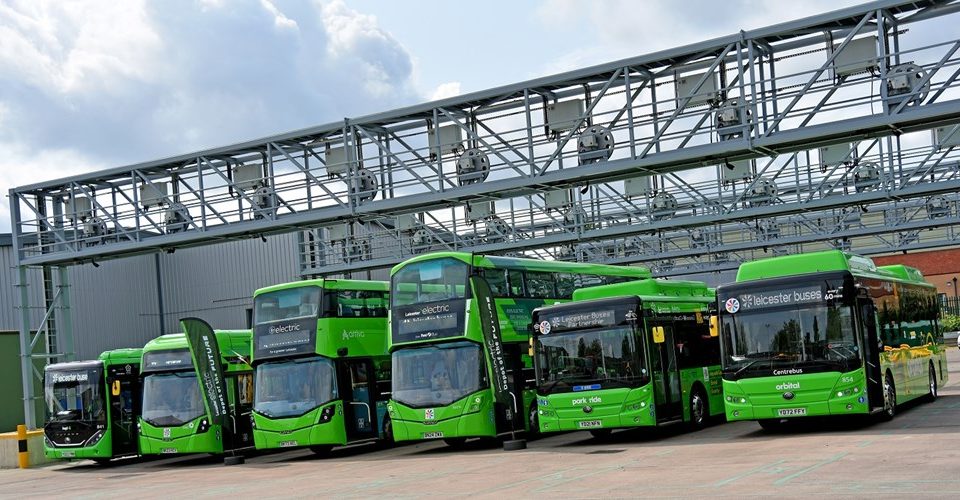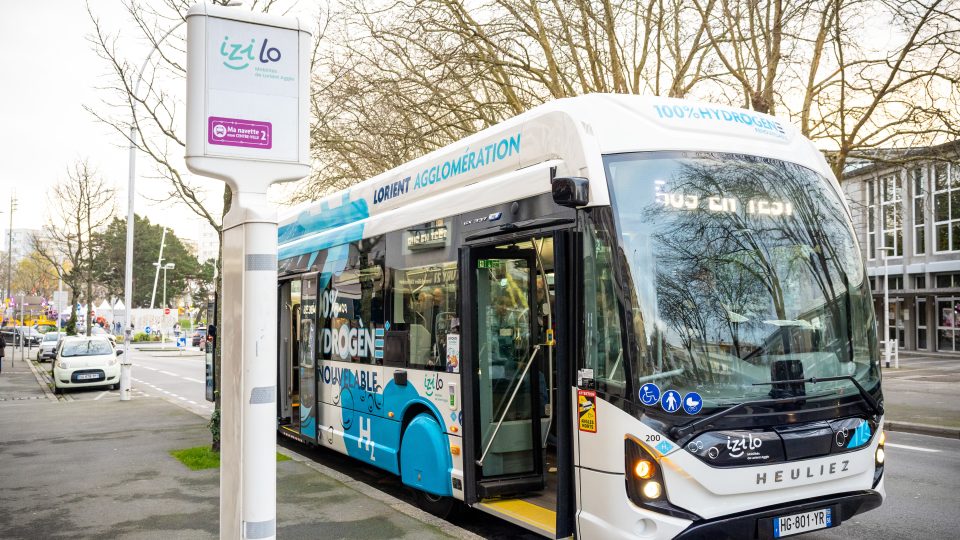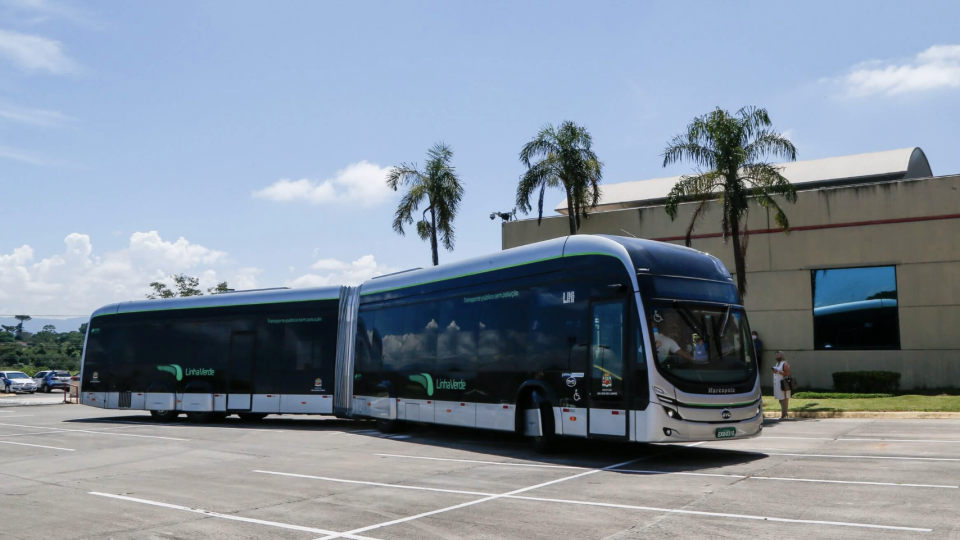Electric buses market will grow faster than electric cars, according to Bnef
The diffusion of electric buses will spread way faster than the one of electric cars. In 2040, the 80 per cent of the global municipal fleet is expected to be electric. The electrification of road transport will move into top gear in the second half of the 2020s, thanks to tumbling battery costs and larger-scale manufacturing, […]
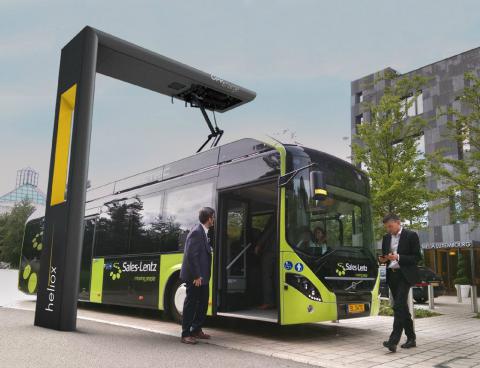
The diffusion of electric buses will spread way faster than the one of electric cars. In 2040, the 80 per cent of the global municipal fleet is expected to be electric. The electrification of road transport will move into top gear in the second half of the 2020s, thanks to tumbling battery costs and larger-scale manufacturing, with sales of electric cars racing to 28%, and those of electric buses to 84%, of their respective global markets by 2030.
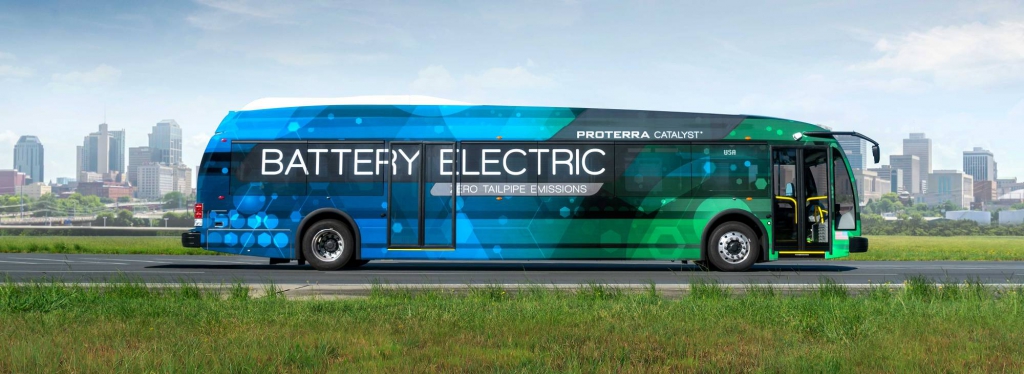
In 2030 EV cars will be economically even to ICE
The latest long-term forecast from Bloomberg New Energy Finance (BNEF) shows sales of electric vehicles (EVs) increasing from a record 1.1 million worldwide last year to 11 million in 2025, and then surging to 30 million in 2030 as they establish cost advantage over internal combustion engine (ICE) cars. China will lead this transition, with sales there accounting for almost 50% of the global EV market in 2025 and 39% in 2030.
Goodbye diesel
The number of ICE vehicles sold per year (gasoline or diesel) is expected to start declining in the mid-2020s, as EVs bite hard into their market. In 2040, some 60 million EVs are projected to be sold, equivalent to 55% of the global light-duty vehicle market. ‘Shared mobility’ cars will be a small but growing element (see below).
…and the electric buses?
The advance of electric bus will be even more rapid than for electric cars, according to BNEF’s analysis. It shows electric buses in almost all charging configurations having a lower total cost of ownership than conventional municipal buses by 2019. There are already over 300,000 e-buses on the road in China, and electric models are on track to dominate the global market by the late 2020s.

Electric buses, in 2040 84 per cent will be electric
Colin McKerracher, lead analyst on advanced transportation for BNEF, commented: “Developments over the last 12 months, such as manufacturers’ plans for model roll-outs and new regulations on urban pollution, have bolstered our bullish view of the prospects for EVs. The changes to our forecast this time compared to the previous one a year ago are modest, at least as far as cars are concerned. We now think EVs will be 55% of light-duty vehicle sales in 2040, rather than 54%, and represent 33% of the total car fleet worldwide. “But the big new feature of this forecast is electric buses. China has led this market in spectacular style, accounting for 99% of the world total last year. The rest of the world will follow, and by 2040 we expect 80% of the global municipal bus fleet to be electric.”
The demand of electricity will grow by 6 per cent
BNEF expects the transition in transport to have major implications for electricity demand, and for the oil market. EVs and e-buses will use 2,000TWh in 2040, adding 6% to global electricity demand. Meanwhile, the switch from ICE to electric vehicles is forecast to displace 7.3 million barrels a day of transport fuel.

